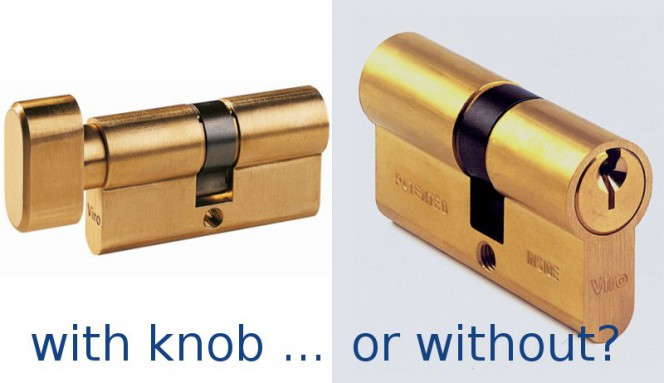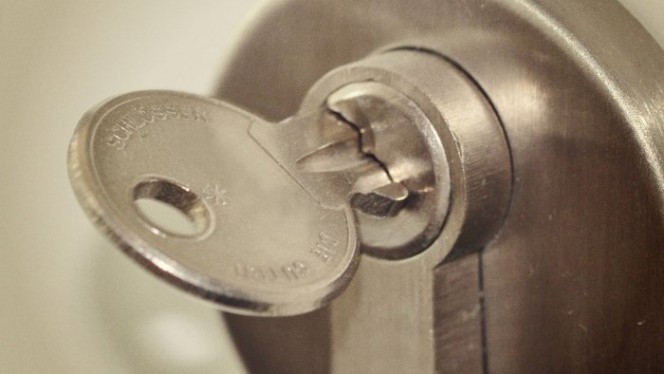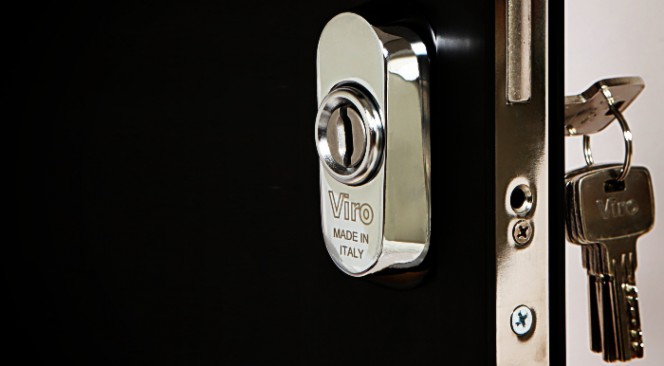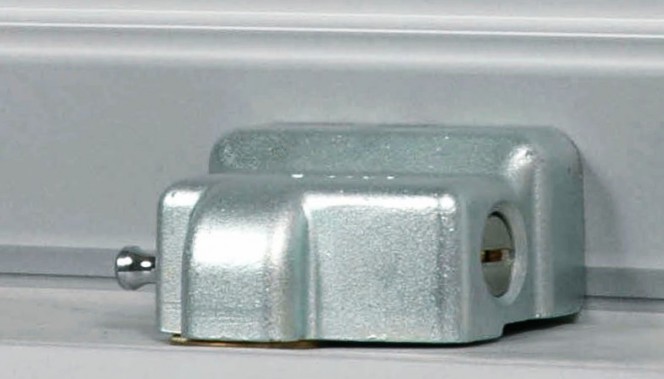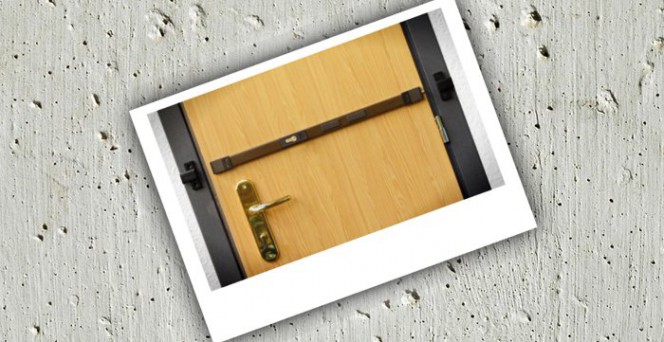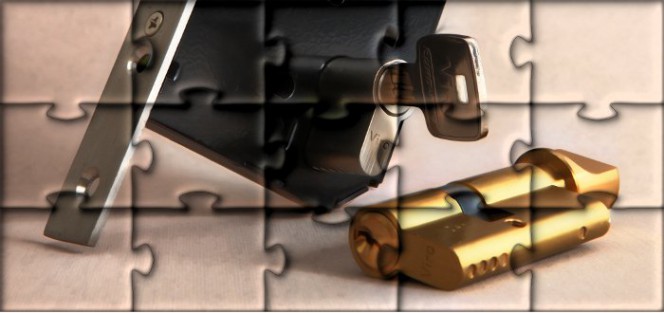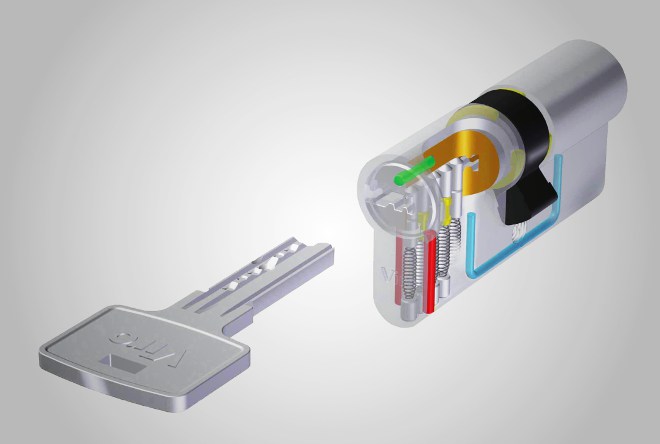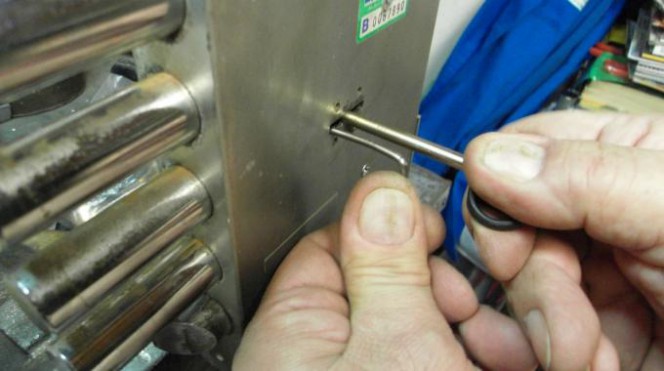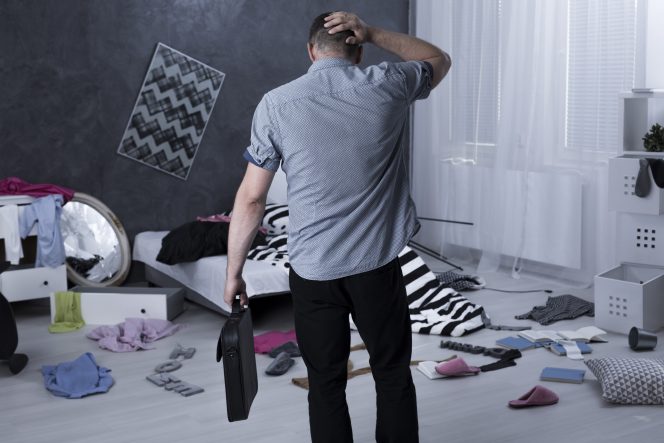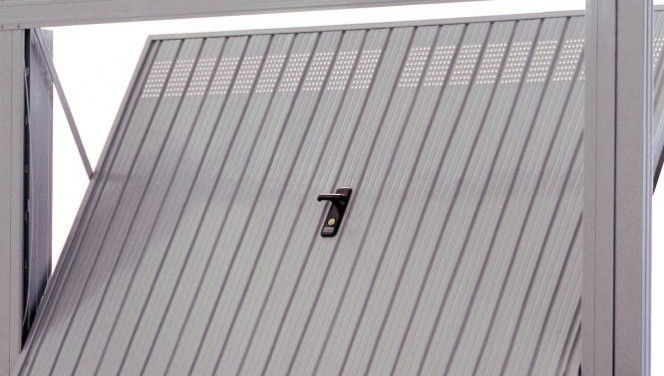One often chooses to install an internal knob on the entrance door so as to be able to also open and close the lock without having to use the key. In effect, the internal knob is convenient, but it also brings an important security issue which should not be underestimated. Continue reading
